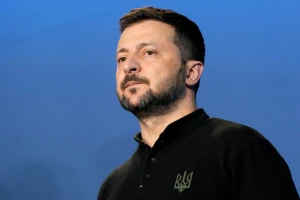
Stress test: National Guard soldiers learn tactical medicine in realistic training scenarios
Before deploying to the front lines to defend Ukrainian independence, National Guard soldiers undergo training in tactical medicine under simulated combat conditions
On March 26, Ukraine marks National Guard Day, honoring soldiers who defend the state's independence, continually enhance their skills, and remain committed to learning. An Espreso journalist had the opportunity to observe National Guardsmen training to administer aid to wounded comrades and prepare for combat zone operations.
"Tactical medicine has been increasingly relevant since 2014, particularly with the onset of a full-scale invasion. Now, all military personnel receive training in tactical medicine to ensure every fighter can provide effective pre-medical assistance on the battlefield," explains Yuliya Mirchuk, a tactical medicine instructor.
Soldiers practice various techniques for evacuating wounded individuals from the battlefield, learn to coordinate actions under diverse conditions, and crucially, master the application of tourniquets to both comrades and themselves. This skill is often critical in saving lives during real combat situations.
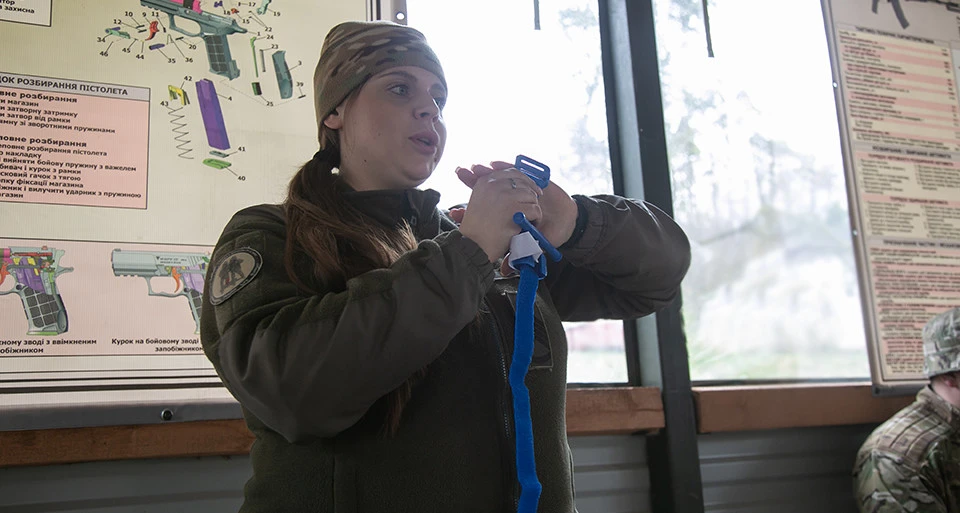
"In the areas facing enemy fire, our equipment is extremely limited. We rely solely on tourniquets to stop severe bleeding," explains Yuliya, demonstrating the training tourniquet used by fighters to practice their skills.
The tourniquet she holds has a bright blue color, indicating it's for training purposes only. At the front lines, soldiers use certified tourniquets with unmarked appearances. The instructor emphasizes, "We recommend avoiding tourniquets of different colors, except for black or olive, as they can easily give away our position. Therefore, we exclusively train with these colors and do not distribute them in first-aid kits or to our fighters."
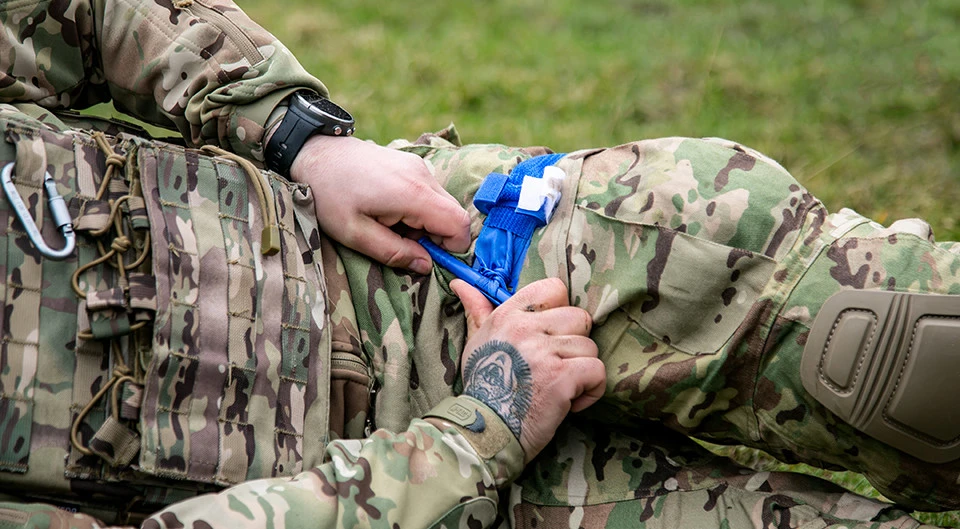
While Yuliya Mirchuk discusses battlefield first aid, soldiers are already preparing for training. Initially, they focus on techniques to extract comrades from danger zones. Various methods are practiced individually, in pairs, and with multiple soldiers.
They begin by asking the wounded standard questions and then alert their comrades heading toward them. Upon hearing the critical "plus" signal, they move out swiftly, staying low to the ground to avoid becoming targets. Their objective is to administer first aid, such as applying a tourniquet, and evacuate the injured to a safer location promptly.
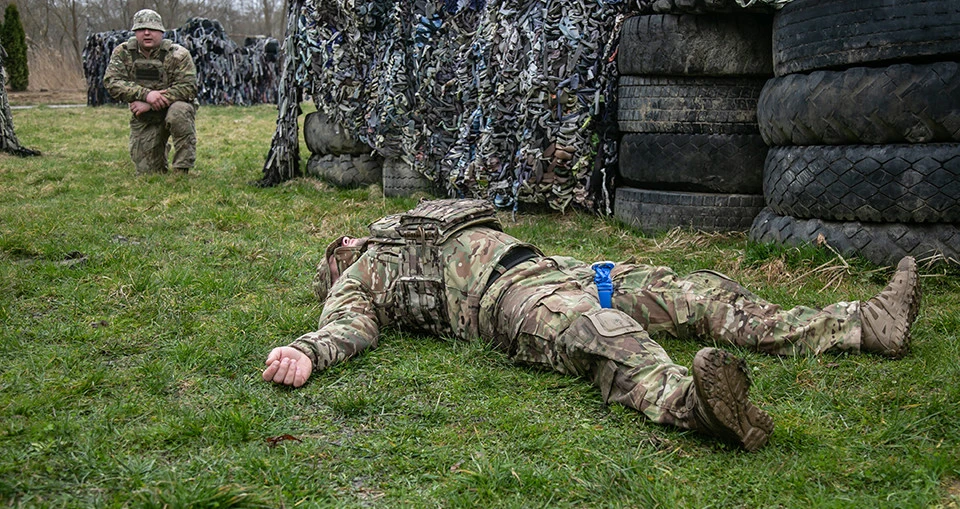
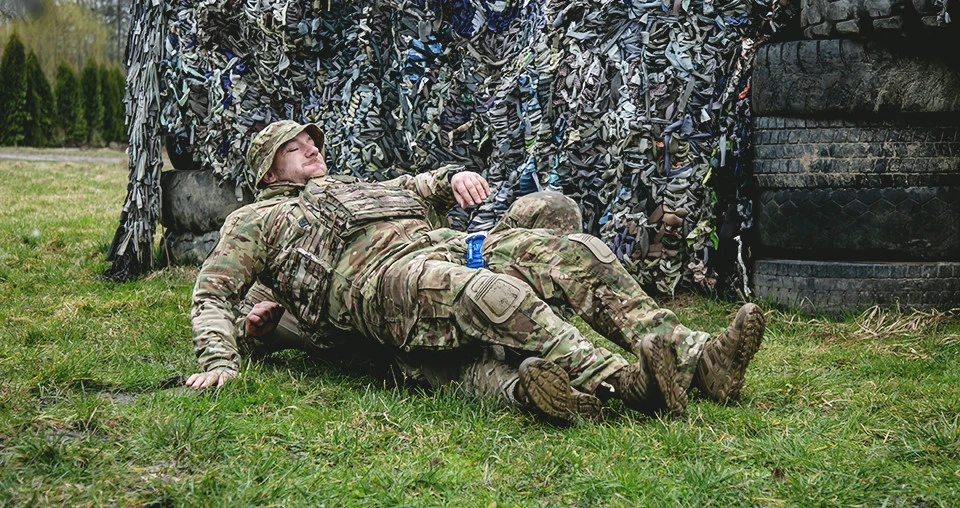
These skills are vital in battle, as those closest to the wounded are often the first to provide assistance. Fighters train rigorously to apply tourniquets to limbs to be able to do this automatically, even while lying down amidst ongoing shelling. Similarly, they practice applying tourniquets to themselves with precision and speed.
"The key factors here are speed and muscle memory. In the event of an injury, shock and disorientation can hinder response, so actions must be instinctual," stresses military officer and instructor Stanislav. "These actions need to become second nature."
While Yuliya Mirchuk discusses evacuation methods, fighters and instructors continue to demonstrate and rehearse them, whether it's dragging a comrade short distances or carrying them several kilometers, depending on the situation. Photos will help illustrate the process.
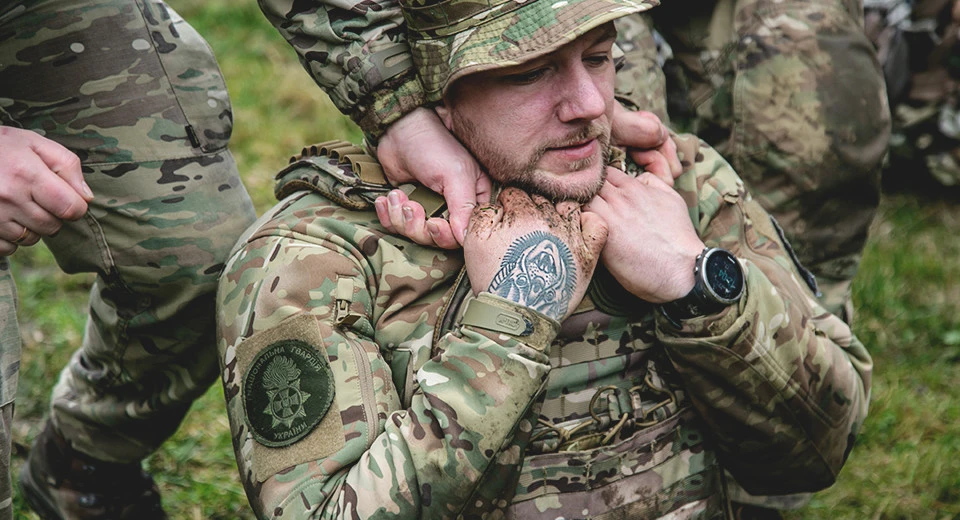
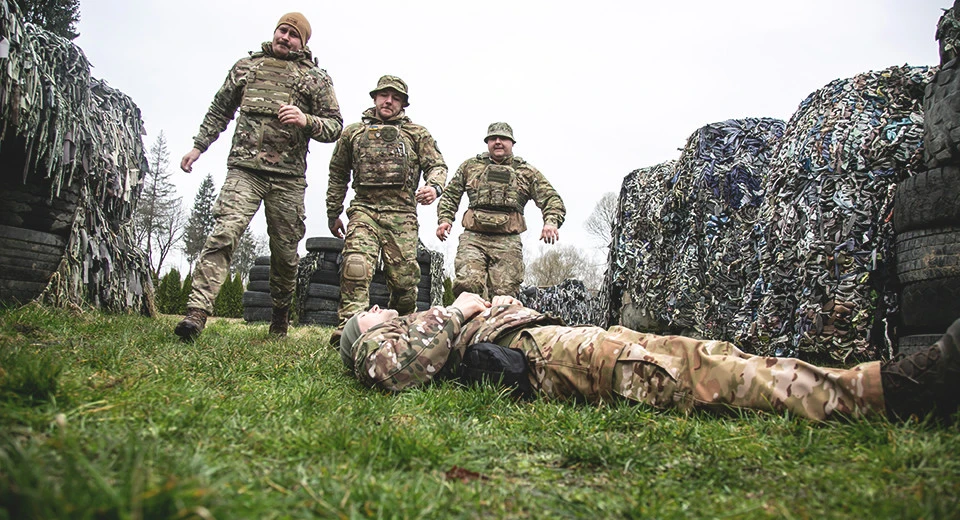
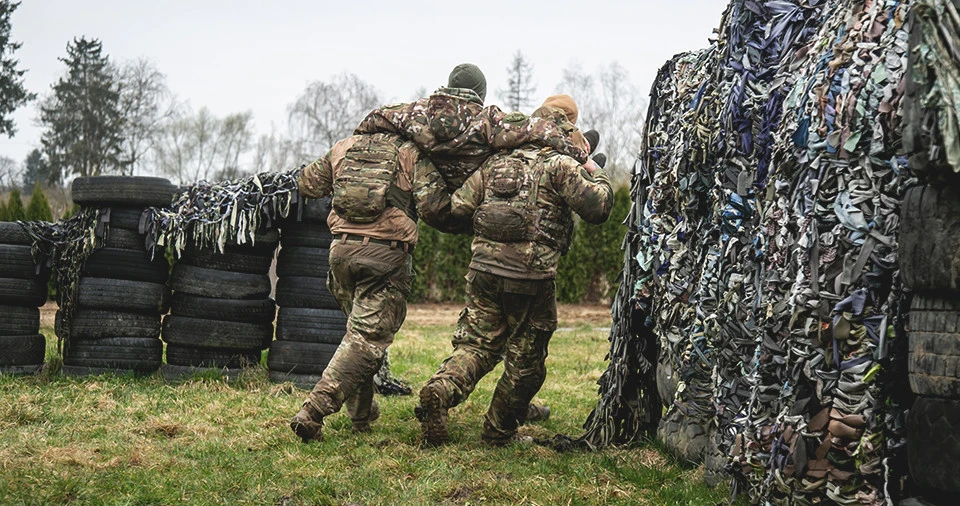
The next stage involves a stress test, simulating battle conditions where soldiers are fatigued, explosions are heard, physical exertion and obstacles are present, and the cries of wounded comrades surround them. Such conditions mimic what soldiers may encounter in real combat.
"In these moments, our goal is to push them beyond their comfort zone, away from a calm environment, so they understand that combat conditions can be even more challenging. No one is immune to panic or confusion when unsure of what to do. We conduct these stress tests for all servicemen bound for the combat zone," explains the instructor. "The aim is to help them better handle stressful situations in combat and respond skillfully, as a few seconds can sometimes mean the difference between life and death."
How does the stress test function? Throughout the process, gunshots, grenade explosions, and smoke accompany the soldiers as they navigate obstacles and render aid to wounded comrades. The instructor ensures each tourniquet is properly applied and that crucial life-saving actions are executed promptly.
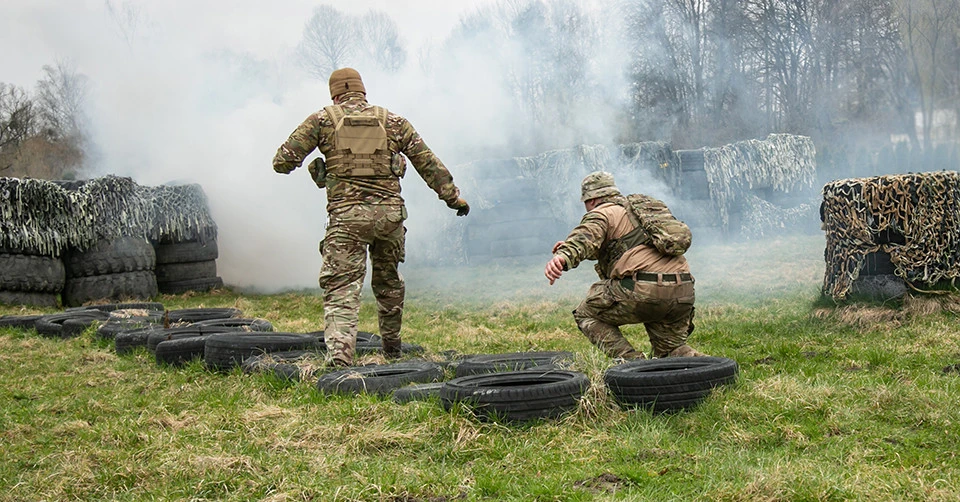
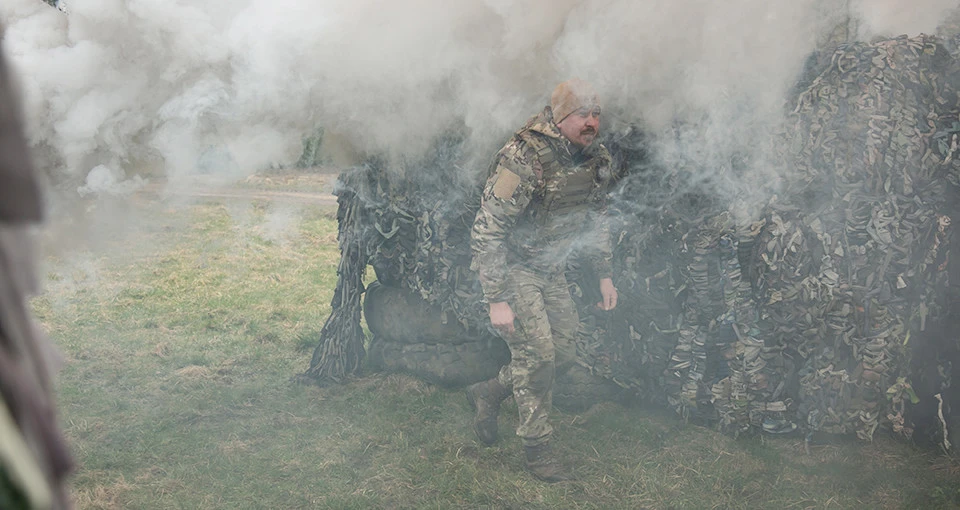
It's important to note that almost all instructors working with national guardsmen have combat experience. This firsthand knowledge allows them to simulate accurate situations and teach soldiers essential life and combat skills effectively.
For instance, tactical training instructor Taras, known as Rys, has participated in battles across various eastern locations like Avdiivka, Vuhledar, and Shakhtarske. Alongside him, fighters undergo training in tactical maneuvers, military topography, and other crucial combat skills, including tactical medicine. The instructor emphasizes the effectiveness of training in pairs, regardless of whether it's with a familiar partner or someone new.
"We train individuals to collaborate effectively in pairs, whether with a familiar colleague or a new partner," says Rys. "It's essential to always be prepared to work together."
Tactical medicine training for National Guardsmen spans three days, while combat medics undergo a 21-day program. All training adheres to NATO standards.
"We began incorporating NATO courses in 2014, officially implementing them in 2015. Our soldiers either traveled abroad for training or received visits from foreign instructors in Ukraine. Over the past decade, we've been able to apply their shared knowledge and experience," adds Yuliya Mirchuk.
Medical care on the battlefield presents numerous challenges, making well-honed skills and practiced scenarios crucial for saving soldiers' lives in diverse situations.
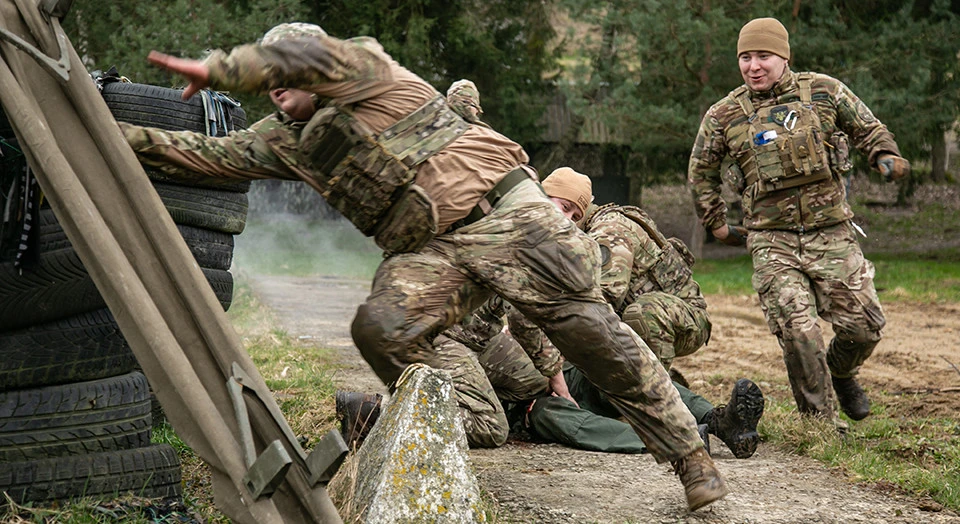
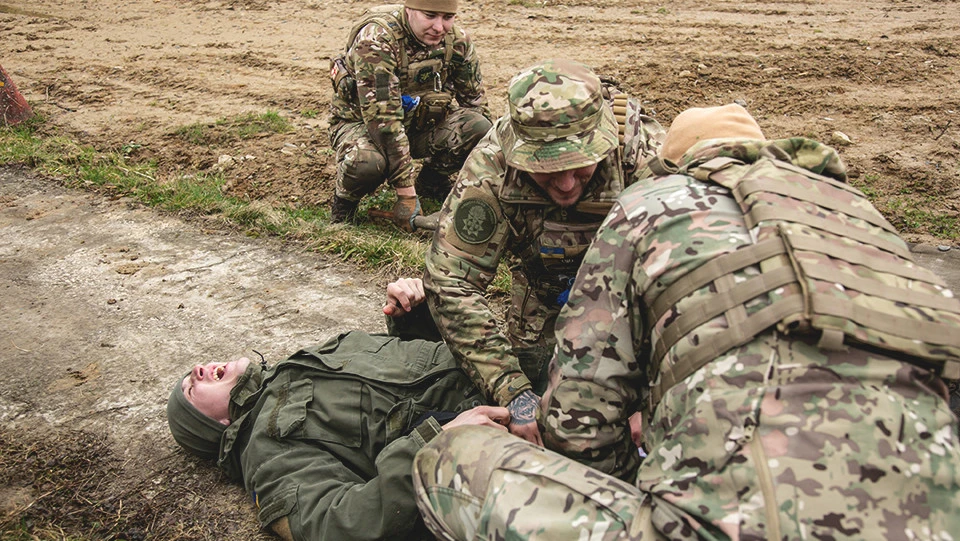
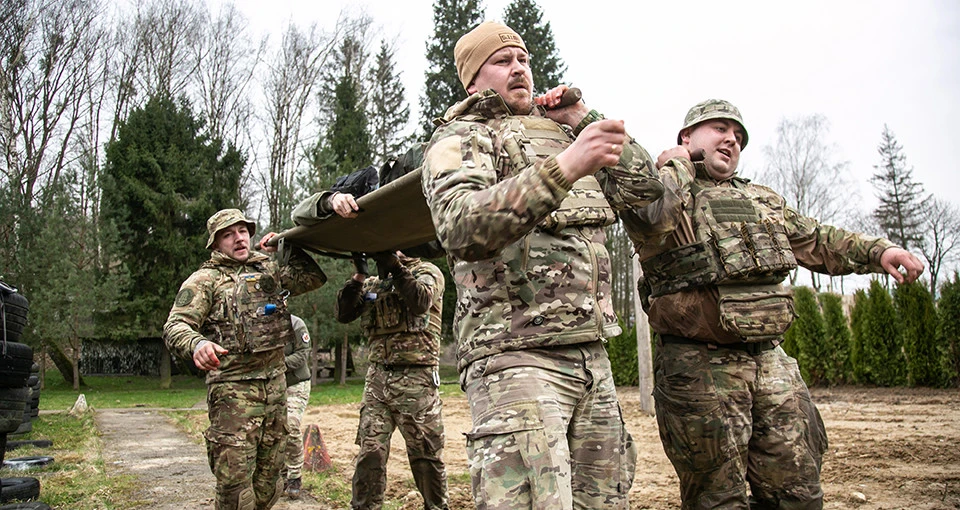
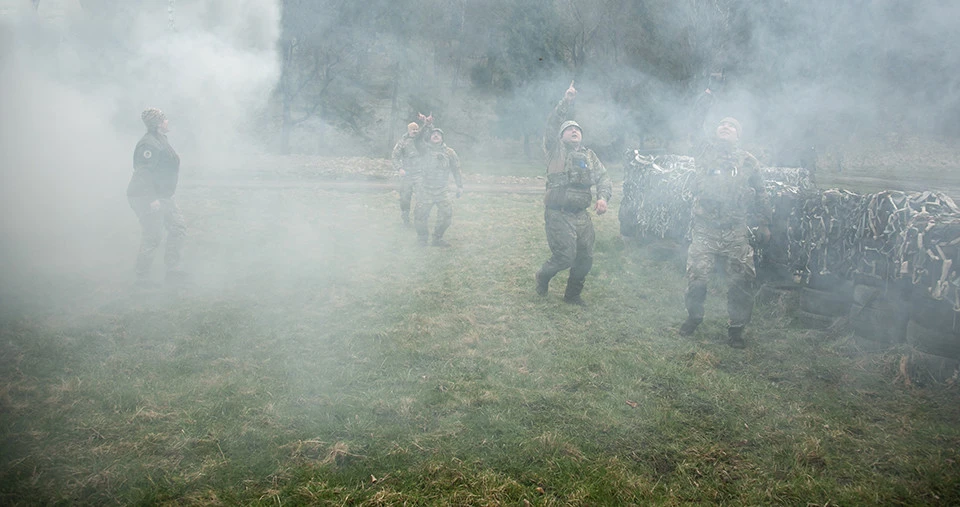
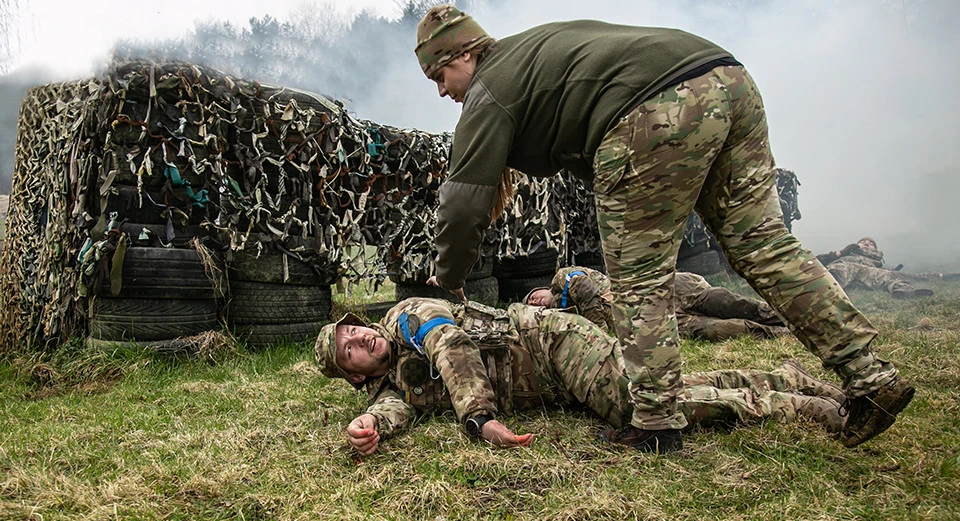
- News








